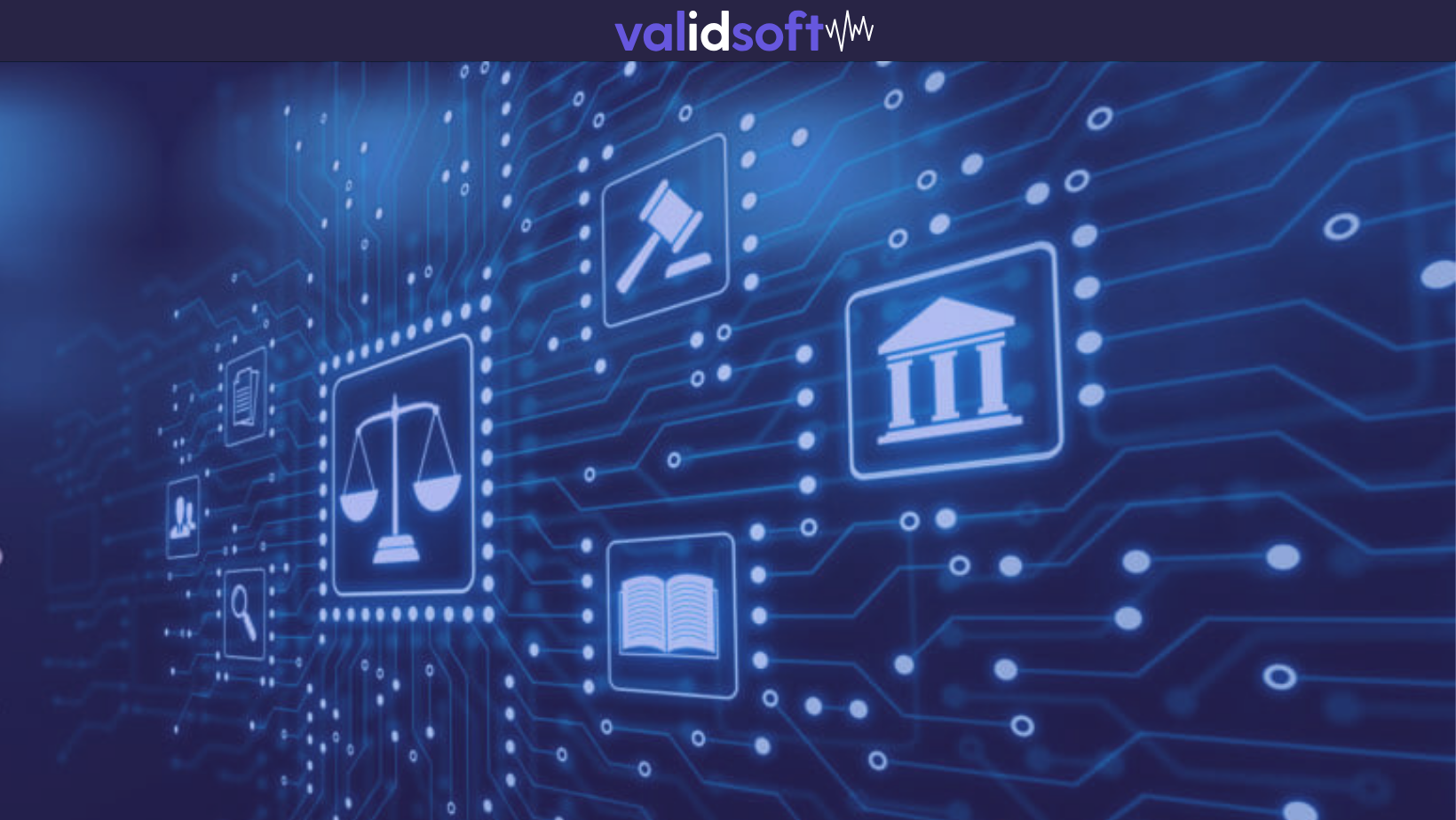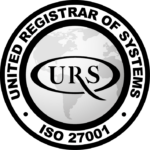Regulatory bans on deepfakes “take us only so far” – so how do we protect identities? Deepfakes have presented a formidable challenge, blurring the lines between reality and fiction in ways that are increasingly difficult to detect and regulate. The promise of regulation looms large, yet a feasible, comprehensive solution remains elusive. Among the most pressing concerns is the Federal Trade Commission’s (FTC) proposition to outlaw AI-generated content that impersonates individuals, a move aimed at mitigating the financial scams perpetrated through such deceptive practices. However, the stark reality is the technical infeasibility of implementing outright bans, revealing a glaring gap in our defense against this digital menace.
The Inherent Challenges of Regulatory bans on Deepfakes
Deepfakes, sophisticated audio and visual manipulations, have become alarmingly accessible, thanks to open-source models and tools readily available in model marketplaces. This accessibility has democratized the ability to create convincing fake content, exacerbating the challenge of distinguishing authentic from fabricated. The proliferation of deepfakes through platforms that offer end-to-end encryption, like Telegram, further complicates traceability, allowing harmful content to circulate unchecked. This scenario underscores a critical flaw in our current approach to regulation—it fails to address every actor in the deepfake pipeline, leaving significant vulnerabilities unaddressed.
Open-Source Systems Present a Unique Challenge
In response to the growing threat of deepfakes, several solutions have been proposed, ranging from advanced watermarking to content provenance techniques aimed at aiding detection. However, these measures are not foolproof. Open-source systems present a unique challenge; bad actors can easily modify the source code to bypass these safeguards, rendering watermarking and provenance techniques ineffective. This reality highlights a paradox: enforcing watermarking could inadvertently lend credibility to the most harmful content, the very content that escapes regulatory oversight.
Amid these challenges, there is a solution available today, to protect identities from this looming threat. ValidSoft stands at the forefront of innovation with a deepfake audio detection solution Voice Verity™. This technology offers enterprises and organizations a tangible defense against voice channel deepfakes, providing a layer of security that is critically needed in today’s digital landscape. Leveraging advanced machine learning, AI, and deep neural network (DNN) techniques, honed from years of research in speech science, signal processing, and voice biometrics. This state-of-the-art technology offers a robust solution for detecting deepfake audio, distinguishing genuine from manipulated voices in real time.
A Call to Action: The Need for a Multifaceted Approach
The battle against deepfakes necessitates a multifaceted approach, combining the efforts of regulators, technologists, and the global community. Regulation must evolve to address the complexities of the digital age, tackling not just the creators but the entire ecosystem that enables the proliferation of deepfakes. As we navigate this challenge, the availability of solutions like what ValidSoft offers provides hope, underscoring the importance of innovation in our collective response to this threat.
While the promise of regulation is a step in the right direction, the suggested solutions are fraught with obstacles. The prevalence of deepfakes, fueled by open-source technology and the anonymity afforded by encrypted platforms, calls for a more nuanced approach to regulation—one that encompasses the entire deepfake ecosystem. As we forge ahead, the role of technologies using AI to combat AI like ValidSoft’s Voice Verity™ becomes increasingly critical, offering immediate, actionable protection against a threat that is here now. For enterprises and organizations, the message is clear: the time to act is now.
Learn more about Voice Verity™ starting with a quick personalized call with our sales team at https://www.validsoft.com/request-demo/



